The content of the article
In apartments and private homes grow indoor variety of bamboo. The plant has green or golden stems with lanceolate leaves. Inflorescences appear once. They are white, like a corncob. Indoor bamboo is called Dracaena Sander. The evergreen ornamental bush is unpretentious, normally tolerates temperature changes and takes root in any soil. The main thing is to regularly water the plant and provide it with normal lighting.
Water or soil
Soil intended for exotic dracaena should allow moisture and air to pass through. A universal substrate for indoor plants, which is sold in flower shops, is suitable. It is quite loose and contains nutrients. You can buy a special composition for dracaena.
At home, it is recommended to mix sand with turf or clay soil. The substrate brought from the garden or forest is calcined in the oven. Weed spores and insect eggs die due to high temperatures. Humus is sometimes added to the ground for indoor bamboo to saturate with nutrients. Peat is not used. The component retains too much moisture, causing the root system to rot.
The pot in which bamboo will grow is filled with drainage material by a quarter. Expanded clay, coarse pebbles, broken brick or clay shards will do. The lower layer absorbs and removes excess water, protecting Dracaena Sander from mold.
A decorative bush grows not only in the ground, but also in the water. They buy a not too deep, but wide vase, which is filled with pebbles for a quarter. Transparent containers of a rectangular or oval shape harmoniously fit into the interior. Melt water is poured into the dracaena pot. In winter, it is obtained from snow or icicles. In the summer, take a two-liter bottle, rinse and fill with tap water. Place in a freezer and wait until the liquid turns into ice. The container is removed and left next to the battery. Melt water is poured into a vase, a decorative bush is placed in the dishes.
The fluid in the translucent pot is changed once a week. Indoor bamboo receives enough moisture and is actively growing. Some specimens reach a height of 1.5–2 m. The main thing is to regularly add mineral fertilizers to water, because there are no nutrients in liquid soil. If the pot has an unpleasant odor, several tablets of activated carbon are added to it. The sorbent cleans of impurities and does not allow the fungus to multiply.
Bamboo shoots are grown in a special gel. The thick base retains moisture in the roots and protects against fungal diseases. Colored fillers look beautiful and original. The only drawback is the lack of trace elements. It will be necessary to regularly fertilize the gel so that the dracaena remains healthy and grows actively.
Sunlight and temperature
Bamboo does not hibernate in winter. From November to April, the plant is illuminated with special lamps. The lower leaves of dracaena due to lack of ultraviolet light yellow and fall. Lighting devices are placed at a distance of 35–45 cm from the pot so that artificial rays do not burn the decorative bush.
From April to November, the plant does not need additional sources of ultraviolet radiation. A pot with indoor bamboo is placed on the eastern or western windowsill. You can transfer the flowerpot with dracaena to the stand or a special stand. The windows are curtained with tulle. A translucent fabric scatters and softens the sun's rays so that they warm, but do not burn the plant.
Indoor bamboo loves warmth.Indoors support from +18 to +25 degrees in winter and summer. Dracaena will not fade if the thermometer shows + 13-14. At subzero temperatures, the plant's immunity decreases, and the leaves turn yellow and fall off.
Watering
Decorative bamboo must not be sprayed. Droplets of moisture accumulate on the stems, causing rotting. In summer, a wide plate or cup is placed next to the pot, filled with cool water or ice. The liquid gradually evaporates, increasing the humidity on the windowsill. It creates a tropical microclimate. The leaves and stem are also wiped 2-3 times a week with a porous sponge or cotton pads. A soft rag cleans dust and moisturizes indoor bamboo.
The plant is watered with rain or melt water. Plain contains many harmful impurities. Heavy metals accumulate in the root system, slowing down photosynthesis. Bamboo becomes pale, leaves are deformed, and plant immunity is reduced. Rain water is also recommended to defend 2-3 days. During this time, the impurities that are contained in it settle.
In spring and summer, watering should be plentiful. In winter, they cut it or simply transplant bamboo into a container of water so that the plant independently controls the amount of fluid received. Dracaena can not be poured, otherwise mold will start in the ground.
If the earth begins to exude a strange putrefactive odor, watering is stopped. Resume when the substrate dries. The soil covered with white or gray coating is completely replaced, and the bamboo roots are washed and disinfected.
Melt water is poured into the pan. Bamboo roots absorb as much moisture as the plant needs. The remaining liquid is poured after 3-4 hours. Stagnant water is a source of infectious diseases and mold.
Fertilizer and transplant
Yellowed leaves are a signal that Dracaena is lacking in nutrients. The plant remains green and strong if it regularly receives mineral fertilizers. The first recharge is made in March. In the spring, the growth of stems and cuttings suitable for the propagation of an indoor flower is activated. Bamboo will like fertilizer for lawns or special formulations for dracaenas. Help in choosing flower medication in flower shops.
The growth of shoots is activated with nitrogen, and the stems are strengthened with potassium. A plant can get micro and macro elements from organic fertilizers:
- horse or cow dung;
- chicken droppings;
- wood ash.
Animal feeds are also sold in flower shops in the form of granules. The dry billet is dissolved in water, insisted for several days. Concentrated make-up is dissolved in irrigation fluid and introduced into the soil.
Bamboo is not fertilized within 3 weeks after transplanting. The plant adapts to new conditions, and recharge only slows down the addiction to soil or water.
In mid-summer, a mixture of nitrogen and potassium is added, a little phosphorus is added. In June-August, the root system is actively developing. In the fall, bamboo growth slows down. In September or October, use phosphorus and potassium, reduce the amount of nitrogenous components. You can replace store fertilizers with wood ash. The powder is added to water or sprinkled on the ground around bamboo. The component not only supplies decorative sprouts with nutrients, but also disinfects the soil. Ash protects against mold, pests and diseases.
Young bushes are transplanted annually into larger pots. Dracaena has a thick root system, which needs a lot of space. Choose deep and wide tanks with drainage holes. Clay, plastic and glass pots are suitable. The transplant is carried out in the spring 2-3 weeks after fertilizing.
The soil in the old pot is soaked and taken out with the plant. A lump from the substrate and the root system is transferred to a new pot. The container is filled with expanded clay and soil, which is slightly tamped.The roots of bamboo are gently straightened and measure the distance between the shoots and the walls of the pot. It should be at least 5-6 cm. If the flowerpot is large enough, the base of the plant is sprinkled with earth.
The decorative bush after transplanting is abundantly watered to accelerate adaptation. Bamboo is put in the shade for several days. A weakened indoor flower is contraindicated in sunbathing. It is impossible to fertilize dracaena. Make-up is introduced only 3-4 weeks after transplantation. In a similar way, the shoot grown in water is transferred to the substrate.
Bamboo Diseases and Bush Formation
Dracaena is attacked by spider mites, thrips and fungus. Symptoms of insect infection:
- yellowed and twisted leaves;
- brown or black dots on the indoor flower;
- web.
Bamboo, hit by ticks or thrips, is washed under the tap. Leaves before the water treatment is treated with a soap solution. The earth after bathing is sprinkled with wood ash. Damaged shoots and yellowed sections of the stem are removed with a sharp knife. Sections are treated with activated carbon to protect against infections and decay.
Leaves covered with dark small spots indicate a fungus. The patient dracaena is transplanted into clean water or a pot of calcined earth, and then treated with fungicides. Rotten roots are cut off, sprinkled with activated charcoal or wood ash. The room in which the bamboo is located is regularly ventilated. Indoor flower protect from drafts and low temperatures.
In a frozen plant, the leaves become dark and soft. If the room is cool, a pot of bamboo is moved to the battery or a table lamp is turned on nearby.
Dracaena shoots are empty and elastic inside. Sprouts stretch up, but if you stick a rod into the ground or pebbles, they will wrap around the base, like a vine. Get bamboo in the shape of a spiral. Straight shoots are pulled by ribbons and ropes to create a thick tree with a lush crown of oblong leaves.
Dracaena Sander is considered a magical plant that attracts wealth. Indoor bamboo is used to decorate apartments and office premises, because unpretentious shoots grow in almost any conditions. The main thing is to protect the decorative flower from direct sunlight, drafts and fertilize in a timely manner.
Video: planting and care for decorative bamboo

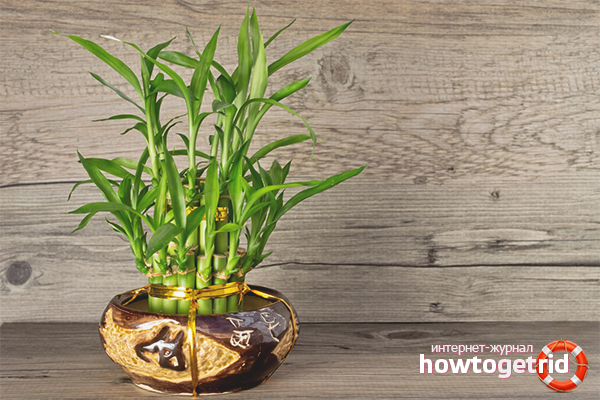
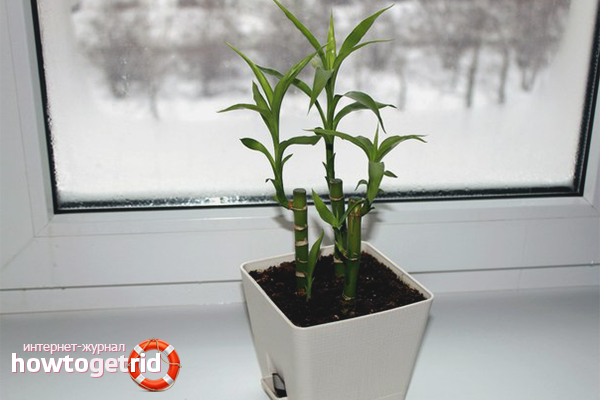
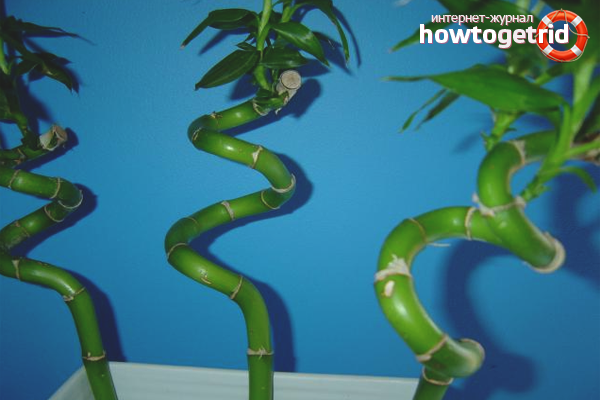
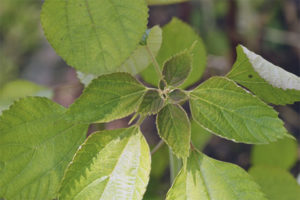


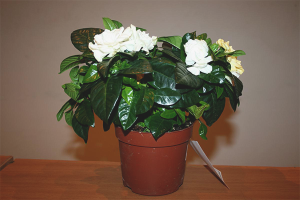
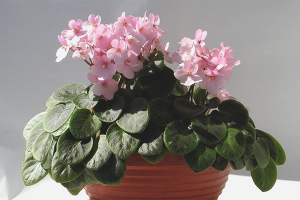



Submit